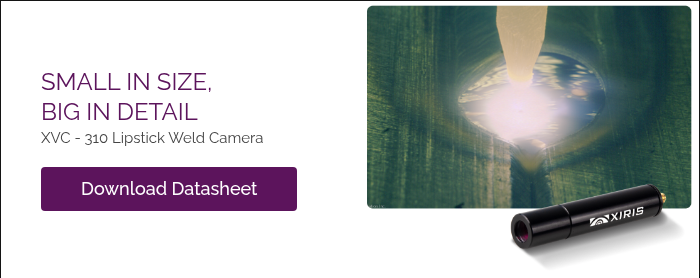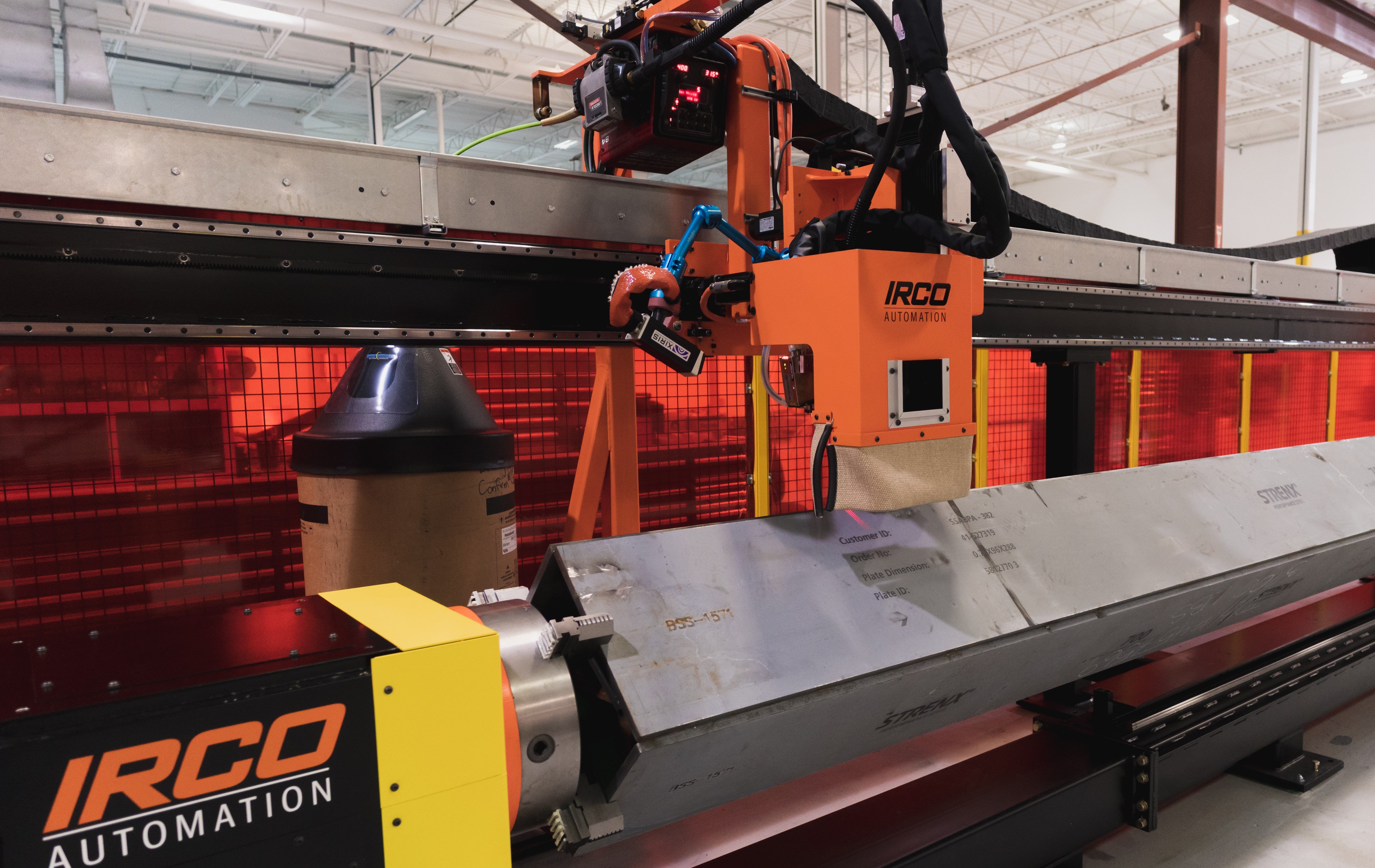Skip welding, otherwise known as Tack Welding, is a commonly used welding technique used by fabricators to help limit excess heat penetration in, and therefore minimize distortion of the parent material during welding. However, sometimes weld skips can occur unexpectedly and disrupt the process of a good weld. Weld skips can be difficult to predict because they are random events that leave weld operators scratching their heads for a cause.
|
Fig. 1 Weld Skip on a Section of Welded Tube
|
Identifying and Resolving a Weld Skip Issue: Insights from Live Camera Analysis
Recently, at a customer’s site, a robot was performing a longitudinal weld on a large component used in the agricultural industry when a random weld defect was identified by an employee monitoring the weld process. Unknowingly, it turned out that approximately one in every twenty welds were made with this defect. Not knowing how to correct the defect, the customer invested in a Xiris weld camera.
After setting up the weld camera to get a better look at the welding live, the weld camera revealed that the weld torch would suddenly skip over a segment of the weld seam that was supposed to be welded, something that is commonly referred to in the welding industry as a “weld skip”. But the question still remained: what was causing the weld to skip?
After carefully examining the recorded video from the weld process, it became clear to the welding engineers what was triggering the defect: an interference in the weld had caused the weld torch to momentarily become stuck in position before the pulling force would build up to enough to cause it to come loose. Once the torch would come loose, it would jump over a segment of the seam before resuming the weld, resulting in a weld skip.
How Xiris Weld Cameras Can Help Enhance Production Efficiency and Safety
Weld skips can be disastrous to a production process, causing product defects which can be costly to rework. Having an employee continuously monitor a weld process can be unsafe and an unproductive use of their time, resulting in lost time, money and production. As a result, for some fabricators, their weld processes need to be constantly monitored for their weld skip.
This is where Xiris’ weld cameras can help by providing real-time, close up views of the weld process while it is happening, capturing live images of potential welding defects for the operator who can make process parameter changes before the defects turns in to a major production problem. The Xiris weld cameras have the ability to archive the weld videos to allow operators to review the videos offline and analyze what caused a weld defect to occur.
In addition, using a weld camera can provide employees with a safe means of remotely viewing the welding process, avoiding the need to monitor the welding process in hazardous or confined work spaces, increasing employee focus on other operations.
Stay up to date by following us on social media or subscribe to our blog!





.png)


